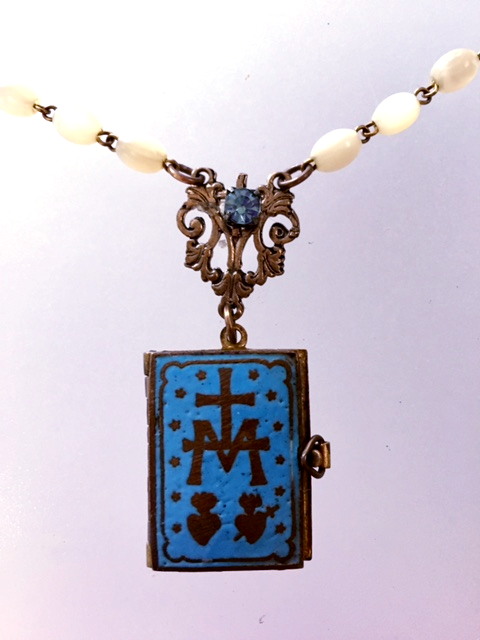
We are pleased to announce we now have this stunning medal of French history in Silverplate!!!
Lynn
See the history below!
The city of Paris is so layered with history, it's easy to forget that beyond the Renaissance palaces and Gothic cathedrals there lie traces of the city's Roman heritage. Named Lutèce, after the Latin Lutetia, Gallo-Roman Paris was a prosperous town stretching from the Ile de la Cité to the Left Bank.
Paris' 5th arrondissement, covering what was once the "new town", is home to the only remaining vestiges of the Gallo-Roman era in Paris. These include the remains of the thermal baths at Musée de Cluny, and the Arènes de Lutèce. The Arènes are particularly pleasant to visit during spring and summer, when the amphitheater is taken over by students enjoying an outdoor lunch, children playing soccer, or men engaged in the venerable game of pétanque (boules).
Built toward the end of the first century A.D. on the slopes of the Montagne Sainte-Geneviève outside Lutèce, the Arènes were used as a theater, circus, and sporting arena. The style of construction is relatively rare for an amphitheater of its period, different from the round or classical oval (Latin: cavea) style.
A friendly game of pétanque being
played in the Arènes de Lutèce.
©1999 Frédéric Phan While similar types may be found at Senlis, Drevant, and Vieil Evreux, the amphitheater in Paris is thought to have been the largest of its kind constructed by the Romans. The sunken arena was surrounded by the wall of a podium 8.2 feet (2.5m) high, surmounted by a parapet (Latin: balteus). The presence of a 135-foot (41.2m) long stage allowed scenes to alternate between theatrical productions and combat. A series of nine niches aided in improving the acoustics.
Five cubbyholes were situated beneath the lower bleachers, of which three appear to have been animal cages that opened directly into the arena. Historians believe that the bleachers, which surrounded more than half of the arena's circumference, could accommodate as many as 17,000 spectators.
Upper bleachers were relegated to slaves, the poor, and women — while the lower seats were reserved for Roman dignitaries. For comfort, a linen awning (Latin: velarium) sheltered spectators from the hot sun. Circus acts showcased wild animals and gladiatorial contests; popular theatrical productions of the time were the tragedies of Aristophenes and Plautus. From its vantage point, the amphitheater also afforded a spectacular view of the Bièvre and Seine rivers.
Animal cages under the lower
bleachers of the Arènes.
© Insecula.com When Lutèce was sacked during the barbaric invasions of 280 A.D., some of the structure's stone work was carted off to reinforce the city's defenses around Ile de la Cité. Subsequently, the amphitheater became a cemetary, and then it was filled in completely following the construction of Philippe Auguste's walls (ca. 1210).
Centuries later, even though the surrounding neighborhood (quartier) had retained the name les Arènes, no one really knew exactly where the ancient arena had been. It was discovered by Théodore Vaquer during the building of the Rue Monge between 1860-1869, when the Compagnie Générale des Omnibus sought to build a tramway depot on the site.




























